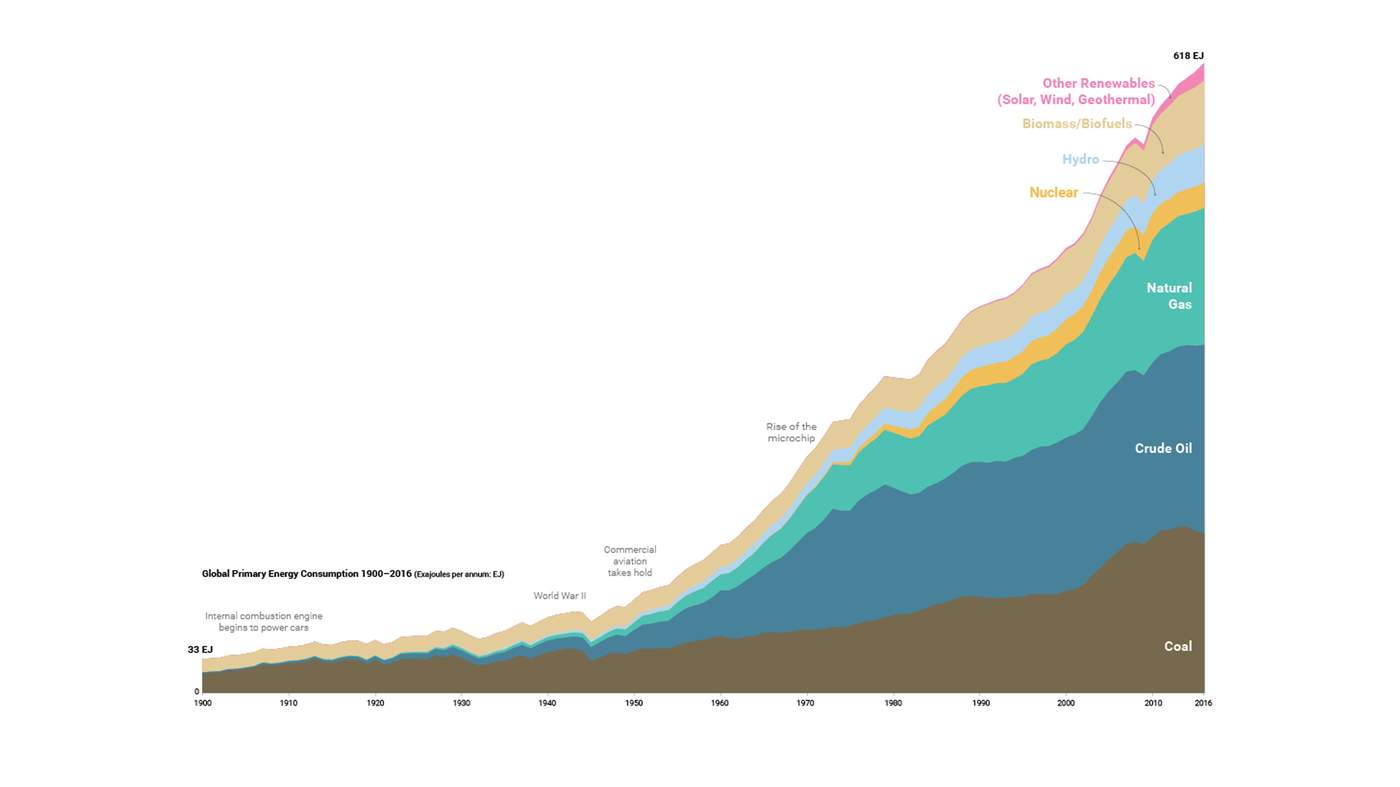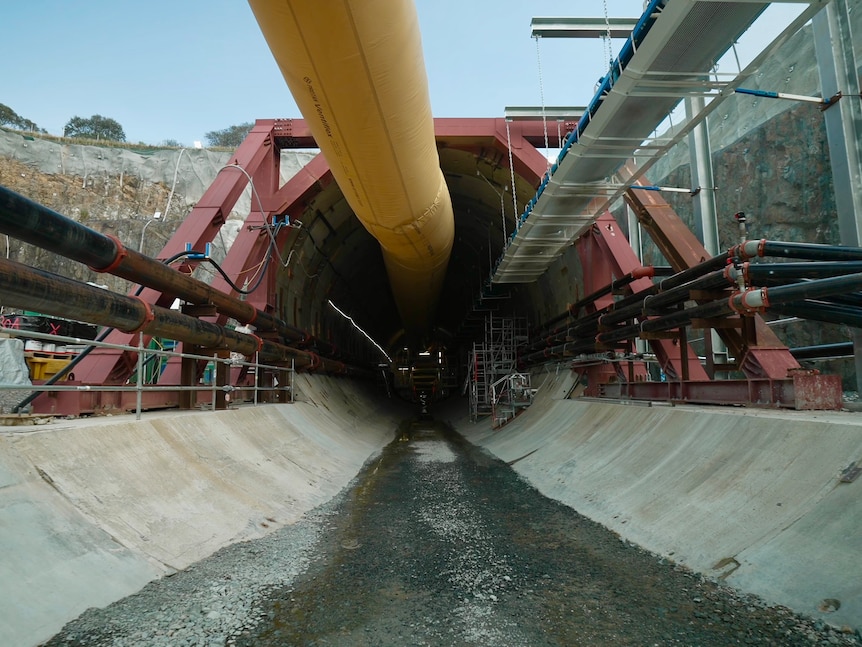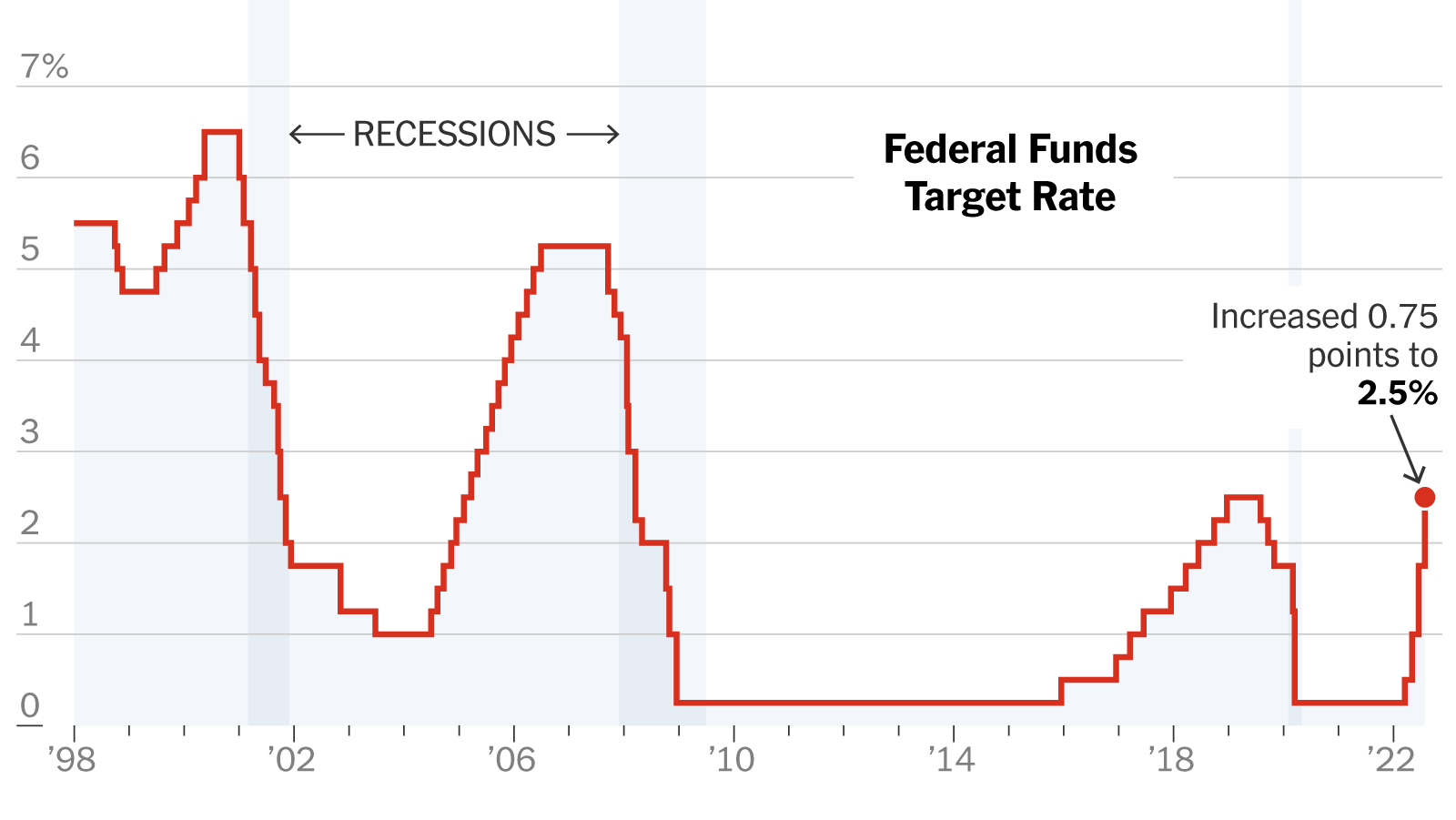Analyzing The Great Decoupling: A Data-Driven Perspective

Table of Contents
Defining the Great Decoupling
What exactly constitutes the "Great Decoupling"? It's not simply economic divergence; it's a more profound shift signifying a weakening of interconnectedness and a move towards greater economic and political self-reliance among nations or blocs. Distinguishing between simple economic divergence and outright separation is crucial. While some degree of economic divergence is normal, the Great Decoupling suggests a more significant and potentially disruptive shift in the global economic order.
Key indicators used to measure decoupling include GDP growth divergence, trade patterns (analyzing shifts in import/export relationships), investment flows (looking at the direction and magnitude of foreign direct investment), and technological interdependence (measuring the extent of shared technology and innovation).
Examples of decoupling in action are readily apparent. The US-China trade war and its ripple effects dramatically illustrated the fragility of deeply intertwined global supply chains. Furthermore, the rise of regional trade blocs like the European Union (EU) and the Association of Southeast Asian Nations (ASEAN) reflects a push towards regional economic integration, potentially at the expense of broader global integration.
- Diverging growth trajectories: We're seeing increasingly disparate growth rates between developed and developing economies, partly due to differing responses to global challenges like the pandemic and climate change.
- Shifting global supply chains: The pandemic exposed vulnerabilities in globally integrated supply chains, prompting many companies to consider "reshoring" or "nearshoring" to reduce reliance on distant suppliers. This leads to regionalization of supply chains.
- Increased geopolitical tensions: Growing geopolitical rivalry and mistrust are fueling protectionist policies and hindering international cooperation, contributing to economic decoupling.
Data Sources and Methodologies for Analysis
Analyzing the Great Decoupling requires a robust approach using diverse data sources and rigorous methodologies. Reliable data sources include the World Bank, the International Monetary Fund (IMF), national statistical agencies, and various private sector data providers specializing in global economic trends.
Quantitative analysis techniques, such as econometric modeling, are vital for understanding causal relationships between various factors and decoupling trends. Qualitative data analysis, encompassing case studies and expert opinions, provides crucial context and nuance. Network analysis helps visualize the interconnectedness and dependencies within the global economy, revealing potential vulnerabilities stemming from decoupling. Finally, machine learning techniques offer powerful tools for predictive modeling, allowing us to forecast potential scenarios based on current trends.
However, data acquisition and interpretation present challenges. Data scarcity in certain regions, inconsistent reporting standards across countries, and inherent biases in data collection methods can all affect the accuracy and reliability of analyses.
- Econometric modeling: Used to identify the impact of specific variables (like trade policies or technological advancements) on economic decoupling.
- Network analysis: Provides a visual representation of global economic relationships, highlighting key nodes and potential points of vulnerability.
- Machine learning: Enables predictive modeling of future scenarios, based on current trends and various input parameters.
Drivers of the Great Decoupling
The Great Decoupling is a complex phenomenon driven by a confluence of geopolitical, technological, and economic factors.
Geopolitical factors play a significant role. The rise of nationalism, protectionism, and trade wars, coupled with shifting geopolitical alliances, are creating an environment of increased economic fragmentation. The imposition of sanctions and trade restrictions, for example, directly affects global trade flows and exacerbates decoupling.
Technological advancements, while historically fostering globalization, are now contributing to decoupling in some ways. Automation and AI are transforming labor markets and impacting global trade flows. The ability of advanced economies to automate production could reduce their reliance on lower-cost labor in other countries.
Economic factors also contribute significantly. Changes in comparative advantage, due to shifting production costs or technological progress, can lead countries to specialize in different sectors, altering trade patterns. Rising protectionism, often driven by geopolitical factors, further exacerbates this trend. Climate change adds another layer of complexity, as countries grapple with its economic and environmental impacts.
- Sanctions analysis: Examining the impact of sanctions on global trade relationships and the subsequent shifts in economic partnerships.
- Technology transfer: Analyzing the role of technology transfer in fostering or hindering economic interdependence.
- Environmental impact: Assessing the environmental consequences of decoupling and the regional variations in environmental regulations.
The Role of Technology in Decoupling
Technological advancements are both driving and hindering decoupling. Digital technologies, such as e-commerce and blockchain, can facilitate cross-border trade and collaboration, potentially mitigating some aspects of decoupling. However, these same technologies can also enable the development of localized supply chains and reinforce existing economic divides, as seen in the digital divide between countries.
Consequences and Future Implications of the Great Decoupling
The Great Decoupling carries substantial economic, social, political, and environmental consequences.
Economic impacts could include increased volatility in global markets, reduced efficiency due to fragmented supply chains, and significant shifts in global power dynamics. A fragmented global economy may be less efficient than an integrated one.
Social and political consequences are also significant. Increased inequality within and between countries, fueled by shifts in economic opportunities, could lead to social unrest and political instability. This could challenge existing global governance structures and mechanisms for international cooperation.
Environmental implications could vary across regions, depending on the differing environmental regulations and priorities of decoupled blocs. Regionalization may lead to a lack of global coordination on crucial environmental issues.
- Scenario modeling: Examining various potential scenarios for future global economic growth under different decoupling models.
- International cooperation: Assessing the implications for international cooperation and global governance.
- New frameworks: Evaluating the potential for new trade agreements and regulatory frameworks to adapt to a decoupled world.
Conclusion
The "Great Decoupling" represents a profound shift in the global economic landscape. By employing a data-driven approach, we can better understand the forces shaping this transformation and its implications for the future. This analysis highlights the complexity of the phenomenon, involving intricate interactions between geopolitical factors, technological advancements, and economic forces. Understanding the implications of this decoupling is crucial for policymakers, businesses, and individuals alike. Further research and continuous monitoring of key indicators are essential to navigate this evolving global economic order. To stay informed about the latest developments and insights into the Great Decoupling, continue to explore data-driven analyses and engage with relevant research. Continue your journey into the intricacies of the economic decoupling by exploring related research and data resources.

Featured Posts
-
 Concarneau S Impose A Dijon 0 1 En National 2 28e Journee
May 09, 2025
Concarneau S Impose A Dijon 0 1 En National 2 28e Journee
May 09, 2025 -
 The Daycare Dilemma Weighing The Pros And Cons For Working Families
May 09, 2025
The Daycare Dilemma Weighing The Pros And Cons For Working Families
May 09, 2025 -
 Rising Rental Costs In La After Fires Is Price Gouging To Blame
May 09, 2025
Rising Rental Costs In La After Fires Is Price Gouging To Blame
May 09, 2025 -
 Dakota Dzhonson V Spiske Khudshikh Filmov Goda Itogi Zolotoy Maliny
May 09, 2025
Dakota Dzhonson V Spiske Khudshikh Filmov Goda Itogi Zolotoy Maliny
May 09, 2025 -
 U S Federal Reserve Rate Decision Economic Headwinds And Policy Response
May 09, 2025
U S Federal Reserve Rate Decision Economic Headwinds And Policy Response
May 09, 2025
